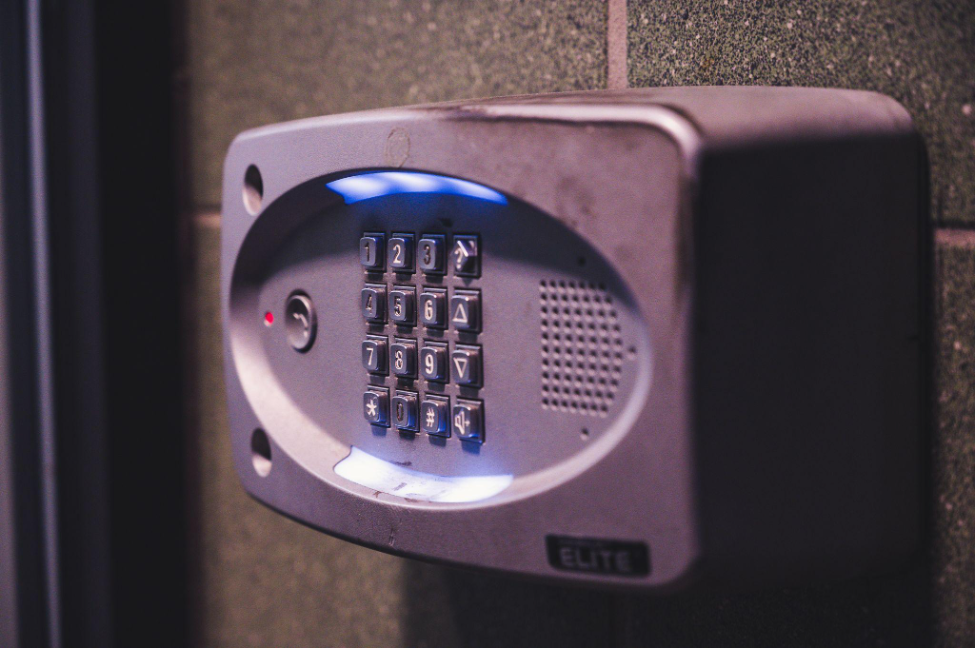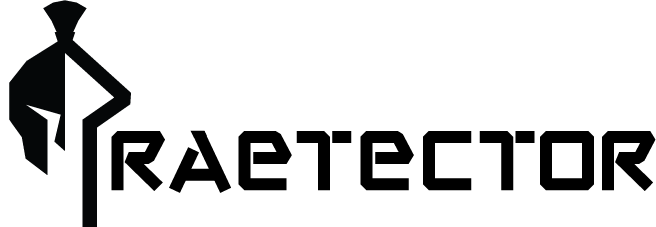As businesses evolve, so do their needs. Almost all aspects of business are digitized, and as it offers benefits, it also poses threats to the security of your business. With that being said, access control is one part of business security that suffers a lot if you don’t pay attention to it. Who has access to confidential information, and what methods they use to access it can risk your data? So, ensure you are using the right methods to control access to important information. Here are the 3 latest access control types that can help you level up your business security.

Card Readers
You must have seen characters swiping cards on a mini screen at the door when entering secret labs in sci-fi movies. The card readers work in the same way. They have the credentials or specific information of a particular person saved in them.
As soon as that particular person swipes the card, the screen reads the information and grants access. It is a great way as it saves you from a lot of hassle and is affordable.
Firstly, you don’t need to look after the keys. Secondly, if you want to remove access from a specific person, you can just remove his/her credentials from the security system.
Card Readers with Built-in Cameras
It is the same as the previous product. However, there is a little upgrade, as it comes with an in-built camera. The card reader that verifies the credentials of the persons trying to access control is recorded on the camera.
You can also communicate through the reader device with the person standing outside. So, you have two security layers protecting your data, a card-reading device and a camera.
If you are opting for this option, make sure you choose a credible service provider. You can consult Praetector for your security-related problems.
Biometric Readers
You can also give access to people based on their fingerprints, retinal scans, or facial recognition. It is a great way to ensure unauthorized persons don’t access your place or data, as false biometrics authentication is difficult compared to other options. For example, you opt for a retinal scan. Most devices with the feature work by identifying the specific color or the vessel pattern of the authorized persons’ retina. Consequently, we can conclude it is one of the safest ways to access the co
